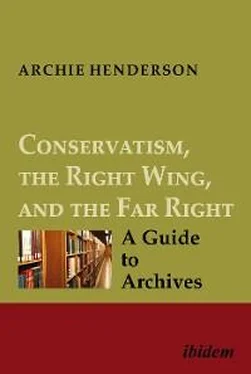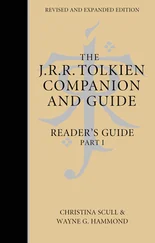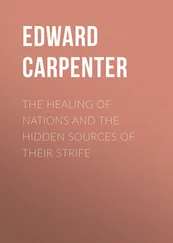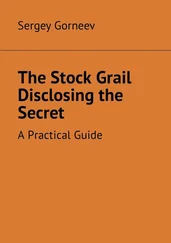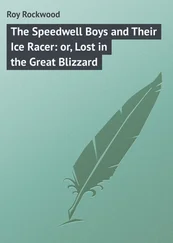For considerations of space, the emphasis of the guide is on the specific contents of the collections as opposed to library hours and policies. More than 4000 archives and collections in more than twenty countries are described in the guide. Countries represented include Australia, Austria, Canada, the Czech Republic, Finland, France, Germany, Hungary, Ireland, Israel, Italy, Japan, the Netherlands, New Zealand, Norway, Russia, Slovakia, South Africa, Sweden, Switzerland, the United Kingdom, and the United States. The majority of the collections consist of personal papers and collections, as well as institutional, organizational, and corporate records. Included are papers or records of conservative or right wing politicians, diplomats, journalists, editors, ministers, military officers, economists, historians, political scientists, anthropologists, think tanks, right-wing committees, lobbying or pressure groups, political parties, etc. Besides collections of personal and institutional papers, the list includes archives of right-wing periodicals and other publications, including those in the Japanese, Polish, Romanian, and Russian languages; collections of pamphlets, ephemera, posters, vertical files, scrapbooks, and press cuttings; newspaper indexes; oral histories; sheet music; library-accessible commercial or noncommercial databases; digital collections and exhibitions; archived web sites; and microfilm and microfiche collections with right-wing material. Some of the archives are collections of photographs, newspaper art, cartoons, sound recordings, video, kinescopes, films, political commercials, newsreels, and television programs. Included are the photographic morgues of the Afro-American Newspaper (along with clippings), Amsterdam News, Atlanta Journal-Constitution, Baltimore News American (along with clippings), Boston Herald-Traveler, Brooklyn Daily Eagle, Chicago Defender, Daily Worker and Daily World (New York), Fort Worth Star-Telegram, Look Magazine, Los Angeles Daily News, Los Angeles Examiner, Los Angeles Herald Examiner, Los Angeles Times, Memphis Press-Scimitar (along with clippings), Miami News, The New Leader, New York Journal-American, the Paris bureau of the New York Times, New York World Telegram & Sun, Philadelphia Evening Bulletin (along with clippings), Rocky Mountain News (Denver) (along with clippings), St. Louis Globe-Democrat (along with clippings), San Antonio Express-News, San Francisco Examiner, San Francisco News-Call Bulletin, Toronto Star, Toronto Telegram, and Washington Star (along with clippings). Clippings files include the morgues of the New York Herald Tribune, the New York Journal American, and the New York Times, and the research archive of Newsweek (all at the University of Texas at Austin). Digital newspaper databases are included where the indexed newspapers contain much material pertaining to the right-wing. This is especially true of African-American and Jewish newspapers. Examples are the Jewish Criterion, the American Jewish Outlook, the Jewish Chronicle, the Memphis World, The Southern Israelite, and the Jewish Telegraphic Agency (JTA). Also included are several online newspaper indexes – the indexes without the articles—such as the Arkansas Gazette and Arkansas Democrat-Gazette, the Raleigh News & Observer, and the San Antonio Register.
Archival research can supply information that can be obtained in no other way. For social historians and other researchers, marginal and alternative movements "are the [authentic] expressions of the ideas and feelings of a segment of society." As such, these organizations and causes, which "include right-wing, racist organizations, radical or militant religious groups or sects, and nationalist or other terrorist organizations," are important for an understanding of the period in question. 37As interest in studies of the right increases, the need for a guide to archives has grown. Right-wing and other alternative movements have been studied using the traditional ways of conducting research in the social sciences: fieldwork, surveys, case studies, interviews and correspondence, data mining and analysis, website monitoring, reviews of published and unpublished literature and videos, etc. Often overlooked in the research process, however, is archival research. One possible reason for this relative neglect springs to mind: there is no comprehensive guide to archival collections of right-wing material. Another reason is that right wing publications are in general scarce, difficult to locate, and little known by researchers. 38
Much of the literature published by the right, especially the radical or extreme right, has taken the form of pamphlets, ephemera, and periodicals. Timothy G. Young defines printed ephemera as follows: "Ephemera are printed artifacts, usually less substantial than books, which, though intended for specific limited purposes or events, are kept by libraries and archives because they contain continuing research value, notably for the study of popular culture." 39Pamphlets are frequently included in definitions of printed ephemera. 40Pamphlets and ephemera, because of their temporary and often fleeting nature, can be difficult for libraries to collect as well as catalogue. 41For libraries and archives, though, the very mention of ephemera can cause shudders as it immediately conjures up difficulties: ephemera is difficult to store, catalog, and preserve. 42Ephemeral political material of whatever political stripe often does not find its way into institutional collections either because the material is discarded before it draws the attention of collectors, because it is too popular and mass-produced to merit consideration as art, or because it does not fit easily (either physically or intellectually) into the book- and manuscript-based realm of libraries. 43On occasion, politically controversial material is collected but not catalogued. 44In the late 1960s, many libraries considered pamphlets to be expendable. 45Included in this category were pamphlets of the radical right, whose controversial subject matter discouraged cataloguing. In 1970, Ned Kehde wrote, "all too often librarians categorize radical [including radical right] pamphlets with the epitaph 'ephemera'; such a pejorative provides librarians with an all too easy rationalization to disregard pamphlet material as a vital part of a library's collection, and as a result the pamphlets that are inadvertently acquired are quickly relegated to the inaccessibility of a Vertical File. This is a trend which must be reversed if the history of the present and past decade is to be properly written in the future." 46Regarding material in vertical files, "Often librarians give this part of the collection very little thought, sometimes because of lack of time, but more often because they are not interested in such material and they fail to see the values of it." 47
An informal, though growing and dedicated group of individuals and organizations interested in collecting political and cultural ephemera, formed by the early 1970s. 48In the mid-1990s the University of California, Davis Library developed a streamlined method for cataloging pamphlets; as a consequence, the Library resumed collecting in the area of radical politics after a hiatus of nearly thirty years. 49In recent years there has been a growing respect for the value of printed ephemera in scholarly research. 50The attitude of disinterest no longer prevails, as is amply demonstrated by this guide. There are numerous collections of alternative, radical, and underground materials with right-wing documents. The abundance of primary source materials, however, has not been matched by scholarly attention. Social movements at odds with scholars' own political commitments are frequently neglected. Perhaps owing in part to their own antipathy toward conservatism and hostility toward the consolidation of various parts of the right in recent decades, "researchers overwhelmingly choose to study 'attractive' movements with which they sympathize." 51
Читать дальше
